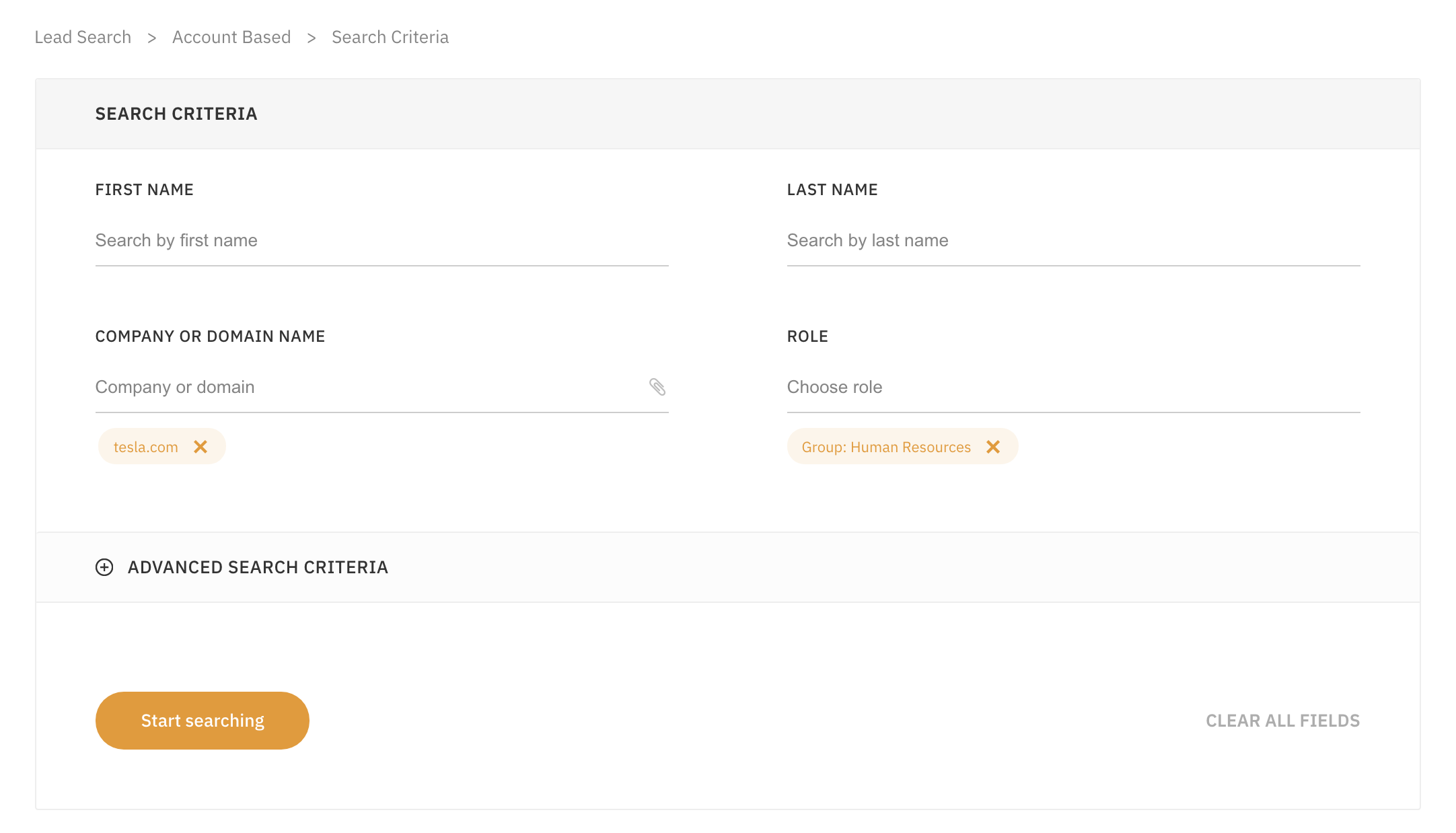How to respond to no response is a common challenge faced by professionals across various industries, from sales and marketing to recruitment and customer service.
This phenomenon of non-response can be frustrating and confusing, often leaving one unsure about the next steps.
In this blog post, we will delve into effective strategies on how to respond to no response, providing practical tips for crafting powerful follow-ups that improve your chances of getting a reply.
We’ll also explore how understanding the psychology behind non-responses can help you navigate these situations with greater ease and professionalism.
Table of Contents:
- The Art of Dealing with No-Response Messages
- The Impact of No-Response on Communication
- Crafting the Perfect Response to No-Response Messages
- Practical Tips for Following Up
- When They’re Ignoring You – How To Move Forward
- Leveraging Technology For Better Response Rates
- FAQs in Relation to How to Respond to No Response
- Conclusion
The Art of Dealing with No-Response Messages
Every sales rep, recruiter or marketer knows the feeling. You’ve crafted a perfect initial email, sent it off and then… silence.
If you don’t get a response to your first message, it can be easy to feel disregarded; however, 80% of sales require at least five follow-ups after the initial contact according to HubSpot’s research. But remember – they could be overwhelmed by an overflowing inbox or simply have forgotten about your communication amidst their busy schedule.
In fact, HubSpot’s research shows that 80% of sales require five follow-ups after the first contact. Don’t take it to heart if you haven’t had a response yet; that’s totally typical in most cases.
Possible Reasons for Non-responses
Different people may not respond due to different reasons. They might just need a gentle reminder from you.
Sometimes there are technical issues at play as well – perhaps your previous message ended up in their spam folder without them realizing? Or maybe they saw your email on mobile while out and about but forgot all about it when they got home?
A Psychological Perspective
Sometimes non-responsive behavior can stem from feelings of being overwhelmed.
This is particularly true during high-stress periods where employees receive hundreds of emails per day.
In such scenarios crafting another straightforward statement conveys professionalism whilst respecting their time constraints.
Stay tuned for our next section where we’ll delve into how these no-responses impact business communications.
The Impact of No-Response on Communication
When a person isna€™t responding, it can have significant effects on business communication and relationships.
This is especially true in the digital age where according to Campaign Monitor, an average professional receives about 121 emails per day.
The Role of Subject Lines in Email Open Rates
Your initial email strategy plays a crucial role here.
A staggering statistic from OptinMonster reveals that nearly half (47%) of all emails are opened or discarded based solely on their subject line.
In fact, research shows shorter subject lines tend to perform better than longer ones when it comes to open rates. A study by Marketo Blog found that subject lines with only four words had the highest open rates.
Furthermore, considering how two-thirds of these messages are read on mobile devices as per data provided by Campaign Monitor; crafting concise yet compelling headlines becomes even more critical for improving response rates.
To provide feedback effectively through your no-response message, ita€™s easy if you understand this dynamic well enough.
Henceforth, optimizing your follow-up emails and text messages should be done keeping these statistics at heart.
.
Crafting the Perfect Response to No-Response Messages
When you haven’t heard back from someone, it’s natural to feel slighted.
However, don’t let this feeling stop you from getting the answer you need.
The key is crafting a powerful response that conveys your need for an answer without sounding desperate or pushy.
Using Simple Language for Effective Communication
Utilizing plainness can be a game-changer in communication, with the potential to revolutionize interchanges.
Using simple language at a third-grade reading level results in the highest response rate.
Practical Tips for Following Up
When you don’t get a response to your initial communication, it can be discouraging in the sales and marketing realm.
However, it’s important not to lose hope when you dona€™t get a reply to your previous message.
Timing Your Follow-Up Messages
The key is knowing how and when to send follow-up emails effectively.
A well-timed follow-up message can make all the difference in securing a quick response from potential leads.
, that waiting 48 hours before sending out a gentle reminder often yields better results than immediate action.
- If they didn’t respond within this timeframe after an initial phone call or meeting, then it might be time for another outreach attempt.
- Sending too many reminders too soon may come off as desperate rather than diligent. Ita€™s crucial finding balance between persistence and patience.
In some cases where there was prior engagement but suddenly communication ceased; perhaps due diligence dictates reaching out again sooner.
- You could mention something like “I noticed we haven’t been able to connect since our last conversation.”
- This statement serves as both a nudge towards them replying while also offering room if they wish provide feedback about why they hadna€™t responded yet.
Remember: A non-response doesn’t necessarily mean rejection – sometimes people simply forget or are overwhelmed with other responsibilities. Ita€™s essential being understanding during these times while ensuring professionalism throughout each interaction. You’ll find more examples on . This guide provides various approaches tailored according different situations which will surely help increase your chances receiving responses.
When They’re Ignoring You – How To Move Forward
If it appears they’re not responding to your efforts at contact, don’t become distressed.
This situation can be challenging to navigate but remember that’s completely fine and a part of the process.
Knowing When To Stop Trying
Persistence is key in sales or recruitment, yet there’s a thin line between being persistent and becoming an annoyance.
Sending numerous follow-up emails without any response might push you towards the latter category.
In such cases, Forbes suggests, it could be time to stop trying if someone doesn’t respond after multiple attempts at contact.
A no-response message isn’t easy to accept especially when you have invested significant effort into initiating communication. However, knowing when to step back is crucial for maintaining professionalism while also saving your resources for other potential leads who may provide feedback more readily.
The art lies not only in crafting perfect responses but also understanding when further efforts are unlikely to elicit a quick response from the recipient.
Moving forward involves redirecting your energy towards new opportunities rather than dwelling on why previous messages didn’t resonate with certain individuals.
The next section will explore how leveraging technology can aid us in improving our approach and boosting those all-important response rates.
Leveraging Technology For Better Response Rates
When it comes to improving response rates, technology can be a game-changer.
Customer Relationship Management (CRM) software, for instance, allows you to track responses and schedule reminders effectively.
The Power of Automation in Follow-ups
Automation is one key aspect where technology shines. Automation eliminates the requirement for laborious follow-up messages when a person doesn’t respond to your prior communication. With automated systems like HubSpot’s sales email automation tool, sending that gentle reminder becomes less tedious and more efficient.
Better Personalization with Tech Tools
Apart from automating processes, these tech tools also offer personalization options. A personalized no-response message isn’t just easy on the recipient; it also significantly improves reply chances as opposed to generic templates.
This means higher engagement levels which ultimately lead towards better conversion rates.
Research shows that personalized emails deliver six times higher transaction rates than non-personalized ones – an impressive statistic any marketer would love.
Data-Driven Insights To Improve Strategies
In addition, leveraging data-driven insights provided by such platforms helps refine strategies over time based on what works best for each individual contact.
You get detailed reports about who opened your initial email or phone call but didn’t respond yet – providing valuable feedback regarding how well your communication strategy is working out there in real-world scenarios.
Such analytics allow businesses not only identify areas needing improvement but also implement changes swiftly leading towards increased success ratios over time.
FAQs in Relation to How to Respond to No Response
What to say when no one responds?
A polite follow-up message, expressing your continued interest and reiterating the importance of their feedback, can be a good approach when there’s no response.
How do you politely follow up after no response?
You could send a gentle reminder highlighting the key points from your previous communication. Remember to maintain professionalism and patience in your tone.
What is the psychology behind not responding?
The lack of response might stem from being overwhelmed, forgetting about it or simply avoiding an uncomfortable situation. Understanding these factors can help frame better responses.
What to send when no response?
If there’s still silence after initial reminders, consider sending a final note acknowledging their unavailability while leaving room for future interactions. Always keep it respectful and professional.
Conclusion
Mastering the art of dealing with no-response messages is a game-changer in business communication.
Figuring out why no response is being given instead of simply constructing the ideal answer can be a crucial factor in business communication.
The power lies in your subject lines, timing and language simplicity – they can make or break your open rates and responses.
Sometimes though, it’s best to know when to stop trying if someone doesn’t respond after multiple attempts at contact. It’s a fine line between persistence and annoyance that you need to navigate wisely.
Leveraging technology like CRM software can be an ace up your sleeve for better response rates too!
In essence, how to respond to no response is all about being patient yet persistent, strategic yet empathetic – it’s this balance that paves way for effective follow-ups and improved relationships.
Need Help Automating Your Sales Prospecting Process?
LeadFuze gives you all the data you need to find ideal leads, including full contact information.
Go through a variety of filters to zero in on the leads you want to reach. This is crazy specific, but you could find all the people that match the following:
- A company in the Financial Services or Banking industry
- Who have more than 10 employees
- That spend money on Adwords
- Who use Hubspot
- Who currently have job openings for marketing help
- With the role of HR Manager
- That has only been in this role for less than 1 year
Or Find Specific Accounts or Leads
LeadFuze allows you to find contact information for specific individuals or even find contact information for all employees at a company. 
You can even upload an entire list of companies and find everyone within specific departments at those companies. Check out LeadFuze to see how you can automate your lead generation.
Want to help contribute to future articles? Have data-backed and tactical advice to share? I’d love to hear from you!
We have over 60,000 monthly readers that would love to see it! Contact us and let's discuss your ideas!
